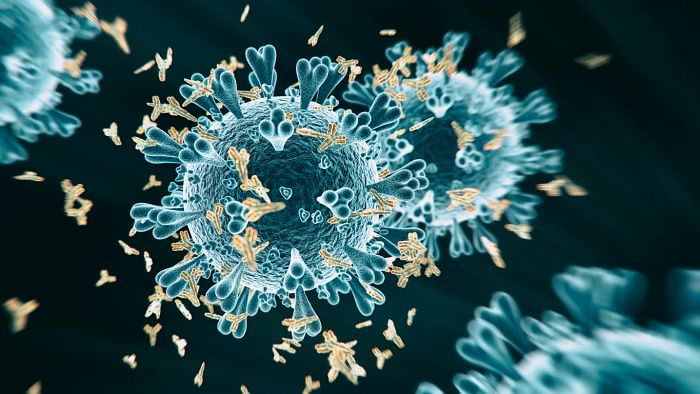
India could face the third wave of Covid-19 as early as next month, with cases reaching the peak sometime in September, the SBI Research said in a report on Monday.
“…based on historical trends, the cases can start rising by the second fortnight of August ‘21 with peak cases at least a month later,” the SBI’s Economic Research Department said in a report titled ‘Covid-19: The Race to the Finishing Line’.
It said global data showed that on an average, third wave peak cases were around 1.7 times the peak cases at the time of the second wave.
The report said global experience showed that countries with high per capita GDP have been associated with higher Covid-19 deaths per million, while low per capita countries are associated with low Covid-19 deaths, revealing high income countries suffered more during the pandemic.
The trend has held true in India as states such as Maharashtra, Kerala, Karnataka, Tamil Nadu, Uttarakhand and Himachal Pradesh – all high per capita income states – witnessed high deaths per million, the report said.
“Bihar, Jharkhand, UP, Assam, Odisha, Rajasthan all lie in the 2nd quadrant, showing low per capita income and low deaths per million,” it said.
States such as Andhra Pradesh, Gujarat, Telangana, Haryana were some high per capita states that reported low deaths per million.
The report also found that the beginning of the second Covid-19 wave resulted in significant deposit outflows from the banking system in alternated fortnights, the pace of which has now again moderated.
One of the worrying features is rising household debt stress. Household debt – after taking into account retail loans, crop loans and business loans from financial institutions like commercial banks, credit societies, NBFCs and HFCs – has sharply increased to 37.3% of GDP in FY21 from 32.5% of GDP in FY20.
“The decline in bank deposits in FY21 and concomitant increase in health expenditure may result in further increase in household debt to GDP in FY22,” said the report.
